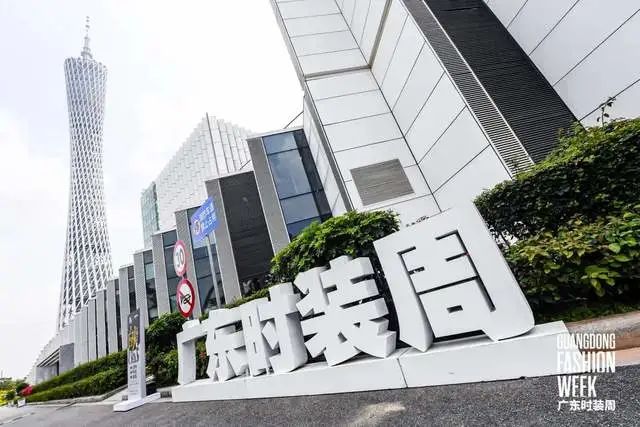8月21日
CHINA DAILY《中国日报》
分别在旗舰版14版、国际版9版和香港版14版
刊发
《Take a look at your underwear, is it from Shantou?》(《看看你的内衣是否来自汕头》)文章
聚焦汕头纺织服装产业的创新发展
这是汕头纺织服装产业第三次登上中国日报



8月5日,中国日报社副总编辑,亚太分社社长兼总编辑周立一行到汕头调研纺织服装产业。协会秘书长余少芬协同周立一行参观了解汕头国际纺织城的总体规划和建设进度,并从产业规模、产业突破、产业未来等几个方面,详细介绍了汕头纺织服装产业的基本情况和近年来延链补链、转型升级的发展成果。

以下为英文版全文
Take a look at your underwear, is it from Shantou?

As a major production base of undergarments in China, Shantou in Guangdong province is seeking a future supported by high-tech businesses with a comprehensive industrial chain.
As a global lingerie production hub — which cooperates with many of the world's top brands — the coastal city is home to more than 10,000 textile and clothing companies, covering a complete industrial chain from spinning, weaving, dyeing and production to sales.
According to Shantou government, local large-scale companies in the sector achieved an output of 111.8 billion yuan ($15.4 billion) in 2023, making it the undisputed pillar sector in the city.
The story was not quite the same before 2021, when such businesses in Shantou still relied on purchasing nylon from provinces like Fujian and Zhejiang.
Since then, there was an increase in investments to this end. In 2023, a total of 157 new projects, with a total investment of 35 billion yuan, were launched or started operations, contributing to an 18-fold increase in nylon production capacity.
Chen Ruipeng, deputy general manager of a local fiber company, said his company was among the investor group, and had launched two nylon production lines since last July.
"This is a real shift in the industry," said Yu Shaofen, secretary-general of the Shantou Textiles and Clothing Industry Association.
"This shift was seen in the industry's recent production of nearly 30,000 running outfits for the Shantou Marathon in December, with the entire process — spinning, design, production and packaging — completed within 25 days."
Shantou's nylon production is expected to reach 310,000 metric tons this year from 17,000 tons in 2022. However, capacity still falls short of the local production demand of 1.3 million tons, Yu said.
To bridge the gap, the city is cooperating with Dananhai Petrochemical Industrial Park in Jieyang, Guangdong, to enhance key material production capacity.
Additionally, local companies are ramping up efforts in research and development to produce better fabrics.
Such efforts have borne fruit, as a provincial-level lab in Shantou focusing on high-end materials developed a functional dyeing agent that improves the feel and quality of fabrics.
"This new agent makes fabrics look smoother, feel softer, more skin-friendly, and more durable," said Tan Lilin, head of the lab.
Shantou's Dingtaifeng Industrial Co has also taken a step forward in textile innovation with its new water-resistant fabric. Acting like a miniature drainage system, the fabric's mesh structure can quickly whisk away sweat or water to the outward-facing side, keeping the wearer dry and comfortable.
"The price of clothing made from this kind of fabric can be increased by about 30 percent," said Chen Junjian, head of the company's fabric department.
Shantou is building a 2,090-mu (139 hectare) International Textile and Clothing City, which will house businesses across the entire value chain, including design, R&D, production, marketing and logistics.
So far, the number of companies interested in settling in the complex's fabric sector has doubled the number of available shop spaces, with 35 percent of these companies being from outside Shantou.
在此之前,中国日报曾刊登《Textile base begins construction bringing new vitality to the industry 》《Shantou wears textile success with pride》,对汕头国际纺织城和产业的智能化转型升级进行详细报道!


来源:中国日报







